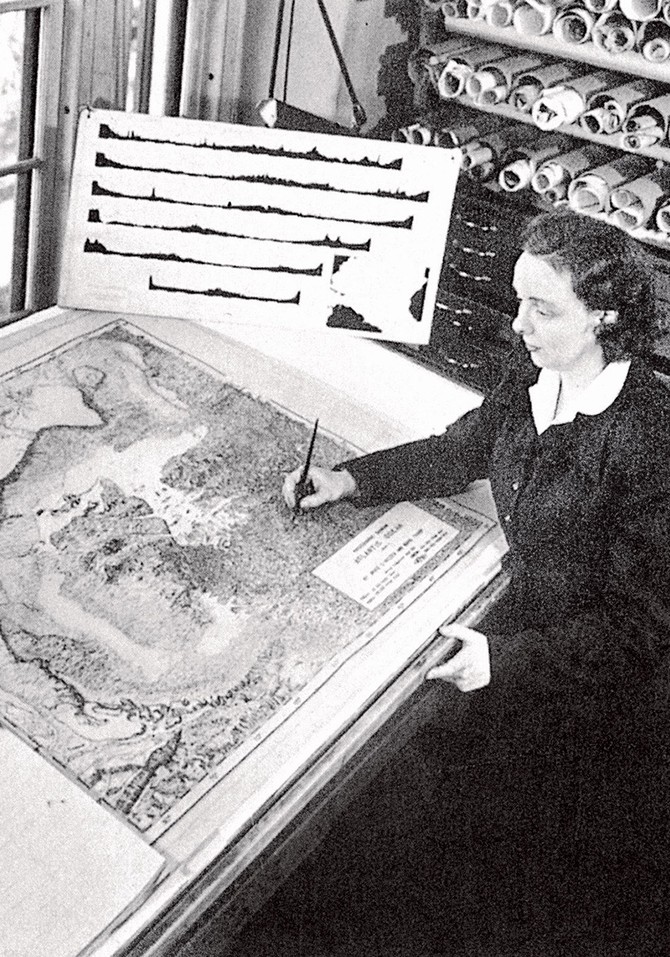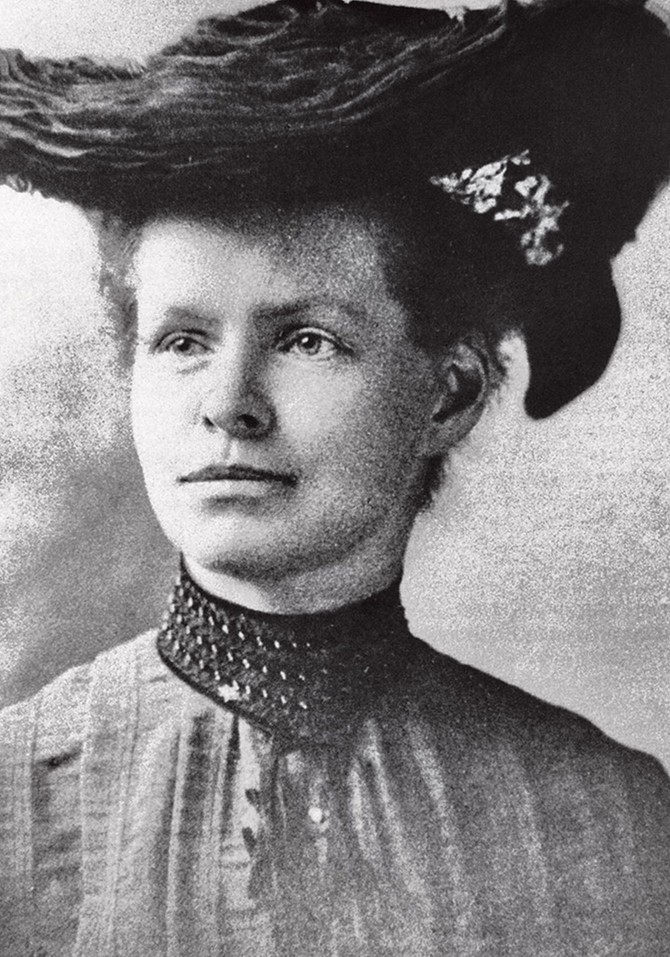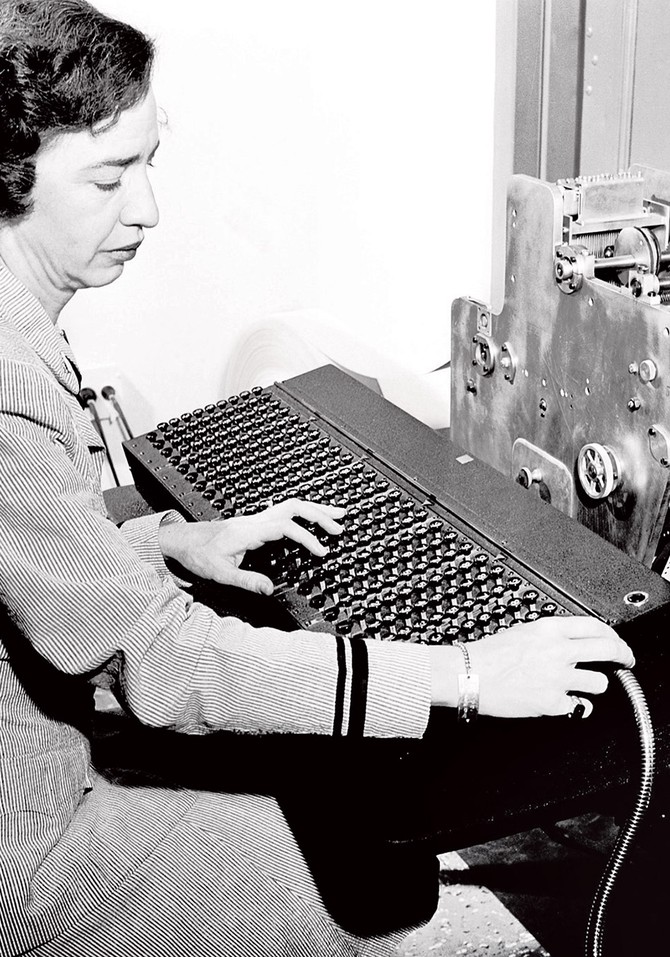3 Women Who Changed Science
Some of history's unsung innovators get their due in the new book Headstrong: 52 Women Who Changed Science—and the World by Rachel Swaby. A sample of the distinguished discoverers....
By Zoe Donaldson

Photo: The Granger Collection
Marie Tharp (1920-2006)
Field: Oceanographic cartography
Big Deal: A keen mapmaker, Tharp worked to plot the ocean floor, still uncharted territory in the first half of the 20th century. By the late 1950s, her relief maps revealed a massive rift in the mid-Atlantic ridge—a wave-making discovery that helped finally give credence to the theory of continental drift.
Big Deal: A keen mapmaker, Tharp worked to plot the ocean floor, still uncharted territory in the first half of the 20th century. By the late 1950s, her relief maps revealed a massive rift in the mid-Atlantic ridge—a wave-making discovery that helped finally give credence to the theory of continental drift.

Photo: Science Photo Library
Nettie Stevens (1861-1912)
Field: Genetics
Big Deal: In 1905, Stevens published a radical paper arguing that an animal's sex was determined by chromosomal combinations rather than environmental factors, as some believed. How'd she figure it out? By scrutinizing chromosomes extracted from mealworms, termites and other insects.
Big Deal: In 1905, Stevens published a radical paper arguing that an animal's sex was determined by chromosomal combinations rather than environmental factors, as some believed. How'd she figure it out? By scrutinizing chromosomes extracted from mealworms, termites and other insects.

Photo: Bettman/Corbis
Grace Hopper (1906-1992)
Field: Computer science
Big Deal: Decades before Silicon Valley, Hopper, a math professor, created the first computer program to automatically translate typed instructions into machine-readable code. And the computer term bug? Hopper and her team at Harvard popularized it after finding an actual moth in an early prototype.
Big Deal: Decades before Silicon Valley, Hopper, a math professor, created the first computer program to automatically translate typed instructions into machine-readable code. And the computer term bug? Hopper and her team at Harvard popularized it after finding an actual moth in an early prototype.
Published 03/17/2015

